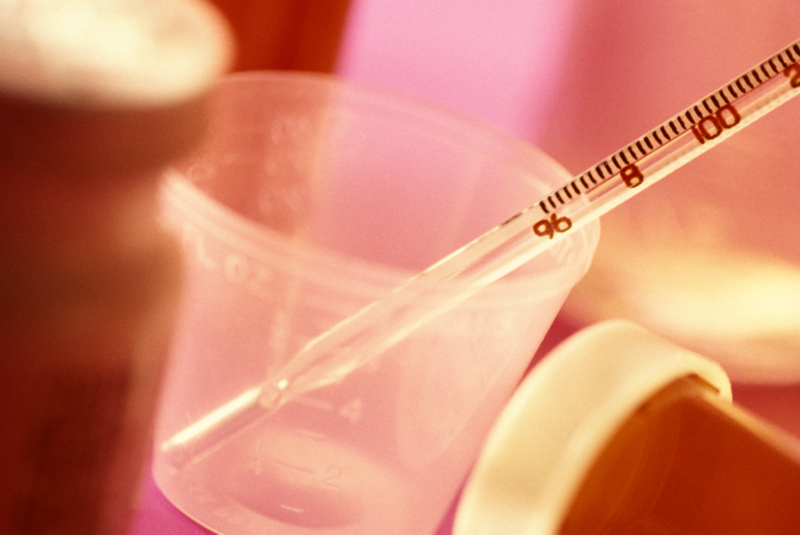WEDNESDAY, May 29 (HealthDay News) — Early brain responses to words may help predict future abilities in children with autism, a new study suggests.
“We showed that a simple measure of how the brain responds to a familiar word taken at 2 years of age was a strong predictor of children’s language, social and cognitive abilities … at 6 years of age,” said study co-author Geraldine Dawson, chief science officer at the advocacy group Autism Speaks.
Autism is a neurodevelopmental disorder characterized by impaired communication, difficulty with social interactions and repetitive behaviors. The U.S. Centers for Disease Control and Prevention estimates that one in 88 U.S. children has some form of autism, which can range from mild to severe.
“In this study, we were interested in understanding why some children with autism make rapid progress whereas others progress more slowly,” Dawson said. “For example, many children with autism are able to develop spoken language, whereas about 20 percent to 30 percent remain minimally verbal or nonverbal.
“Recent studies have shown that nonverbal children can be helped to develop spoken language if they are given special alternative devices — such as an iPad or other speech-generating device — as part of their early intervention program,” Dawson added. “But we don’t know how to identify which children are likely to need extra help.”
The study, published May 29 in the journal PLoS ONE, involved 44 children, all of whom were 2 years old. Twenty-four had autism and 20 did not. The children were asked to listen to a mix of familiar and unfamiliar words while wearing sensors, which measured their brain responses.
The children with autism were divided into two groups based on the level of their social impairment. The brain responses of the children with autism with milder symptoms were similar to the brain responses of the children who did not have autism, the researchers found. These children had a strong response to known words in a specific area of the left side of the brain called the temporal parietal region, which is responsible for language.
This suggests that children with less severe symptoms can process words in much the same way as typically developing children, the study authors said.
Children with more severe social impairments, however, showed brain responses more broadly over the right hemisphere. The researchers said this is not usually seen in healthy children of any age.
The children’s language skills, thinking abilities and social and emotional development also were assessed at age 2 and again at ages 4 and 6.
Over time and with intensive treatment, the children with autism improved on the behavioral tests, but individual gains varied widely, the researchers found. The more the autistic children’s brain responses resembled those of typically developing children, the greater the improvement in their skills by age 6.
“Essentially, children who showed a different brain response from the left hemisphere to a known versus unknown word made better progress by age 6,” Dawson said. “This measure may help us identify early on which children could benefit from extra help, such as an alternative communication device, so that they can have the best possible long-term outcome.”
Study lead author Patricia Kuhl, of the University of Washington in Seattle, said in a university news release: “We think this measure signals that the 2-year-old’s brain has reorganized itself to process words.
“This reorganization depends on the child’s ability to learn from social experiences,” said Kuhl, who is co-director of the university’s Institute for Learning and Brain Sciences. She said, however, that researchers are still a long way from identifying a brain marker that can help predict future autism diagnoses.
In previous studies, Kuhl found that social interactions promote language learning in babies. For children with autism, social impairments prevent them from picking up on social cues, the researchers said. As a result, they pay attention to objects and other things rather than people.
“Social learning is what most humans are about,” Kuhl said. “If your brain can learn from other people in a social context, you have the capability to learn just about anything.”
Kuhl thinks the latest findings could lead to measures that might help identify children at risk for autism by the age of 1 year or younger. “This line of work may lead to new interventions applied early in development, when the brain shows its highest level of neural plasticity,” she said.
One autism expert who reviewed the study, however, said it’s too early to say such a test is imminent.
“The authors describe their findings as having only ‘theoretical implications’ at this time,” said Dr. Andrew Adesman, chief of developmental and behavioral pediatrics at the Steven & Alexandra Cohen Children’s Medical Center of New York, in New Hyde Park.
“Although this study may be of some interest to parents and clinicians who care for children with an autism spectrum disorder, there is no clinical justification for parents to pursue any specialized [brain] testing at this time,” he said.
More information
The U.S. National Institute of Neurological Disorders and Stroke provides more information on autism.

